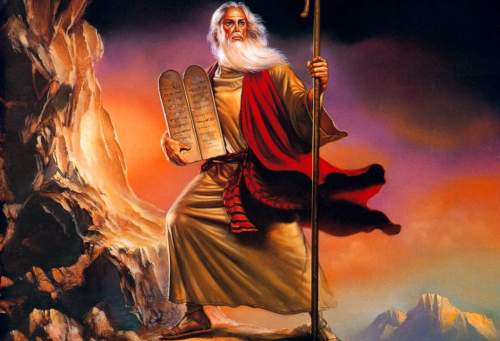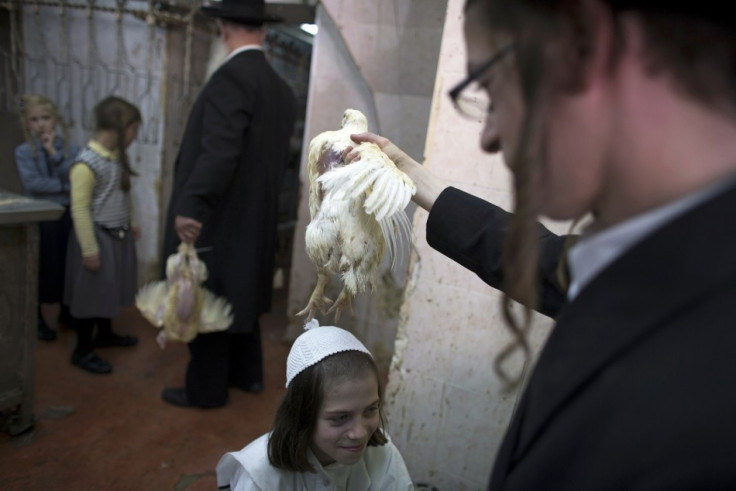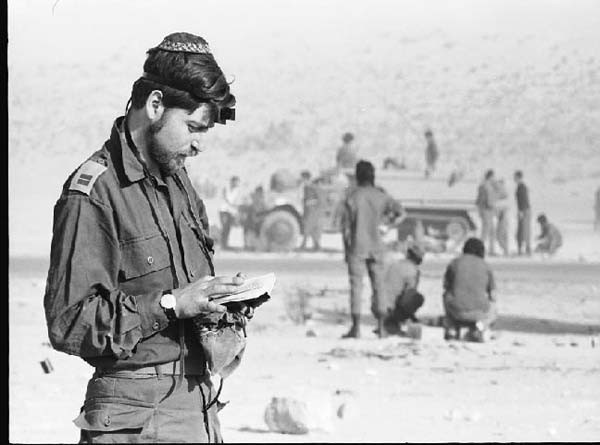Yom Kippur 2013: Six Facts to Explain the Jewish Holiday
Yom Kippur is most important religious event in the Jewish calendar

Yom Kippur is the most important religious event in the Jewish calendar. Many Jews who do not observe any other Jewish custom will refrain from work, fast for 25 hours and attend synagogue services on this day.
What does Yom Kippur mean?
"Yom Kippur" means Day of Atonement - a 25-hour period to atone for the sins of the past year. It is believed to be the last chance to change God's judgment of one's deeds over the previous year. It is thus a day of intensive reflection, repentance, fasting, worship and self-denial.
Traditionally, Yom Kippur is considered the date on which Moses received the second set of Ten Commandments. It occurred following the completion of the second 40 days of instructions from God. At the same time, the Israelites were granted atonement for the sin of the Golden Calf: hence, its designation as the Day of Atonement
Yom Kippur is instituted in Leviticus 23:
And God spoke unto Moses, saying: "Howbeit on the tenth day of this seventh month is the day of atonement; there shall be a holy convocation unto you, and ye shall afflict your souls; and ye shall bring an offering made by fire unto HaShem. And ye shall do no manner of work in that same day; for it is a day of atonement, to make atonement for you before HaShem your God."

Common rituals?
Blowing the shofar, or ram's horn, in synagogue is one of the central observances of the High Holiday. While the Bible gives no specific reason for the practice, some see it as producing a sound that represents the trumpet blast of the people's coronation of their king, a call to repentance, or harking back to the biblical story of the sacrifice of Isaac.
It is also considered a religious obligation to make a charitable donation (Tzedkah).
What do you say?
The 25-hour fast - starting on Yom Kippur Eve and called Kol Nidre - is the most demanding element of Yom Kippur. All healthy adults (from teenagers over the age of 13) are expected to fast. Thus the popular greeting Yom Kippur is "Well over the Fast" or in Hebrew in Israel, wishing someone "Tsom Kal" ([an] easy fast) or "Tsom Mo'iil" ([a] benefiting fast). An alternative is "Good YomTov (Good Holy Day)
Why are all the Jews wearing trainers?
Passersby might notice that, incongruously, that Jews coming and going from synagogue are dressed in their Sabbath best but wearing casual trainers or sneakers.
This is because tradition demands that worshippers eschew all luxuries on Yom Kippur. Leather footwear falls in this category and trainers and plimsolls demonstrate the believers' humility.
Religious Jews will also refrain from washing, shaving and sex (way too pleasurable, in most cases).

What's with the chicken waving?
Kapparot is a Jewish ritual practiced by very religious Jews on the eve of Yom Kippur. A live chicken or a bundle of coins is swung over a person's head three times, symbolically transferring one's sins to the chicken or coins. The chicken is then slaughtered and donated to the poor for consumption at the pre-fast meal. Its roots are in the ancient sacrifices practised by biblical Jews.
While swinging the chicken or money, the following paragraph is recited three times:
This is my exchange, this is my substitute, this is my atonement. (This rooster will go to its death / This money will go to charity), while I will enter and proceed to a good long life and to peace.
Yom Kippur War
Yom Kippur is a legal holiday in the modern state of Israel. There are no radio or television broadcasts, airports are shut, there is no public transport and all shops and businesses are closed.
The only instance when these prohibitions were abrogated was 40 years ago during the surprise attack on Israel by Egypt and Syria that launched the Yom Kippur War. The air raid siren was sounded and radio broadcasts were resumed to alert the public as men of fighting age still in their prayer shawls (tallit) and kippots (skullcaps) streamed from the synagogues to join their army units.
READ:
Yom Kippur 2013: Jews Prepare to Celebrate Day of Atonement Around World [SLIDESHOW]

© Copyright IBTimes 2025. All rights reserved.






















